THE IMPORTANCE OF SOFA’S AND FURNITURE: HOW IT CONVERTS YOUR HOUSE TO A HOME
The concept of how to choose a sofa seems pretty simple, right? You go to the store, you look at it, you sit on it, and then you buy it. Well, today I want to take away all your potential stress around choosing a sofa. Let me give you a full rundown on all the things you need to think about before you even leave the house. Some of these things seem obvious, I know. But there are other considerations that are far less apparent. Until you purchase the wrong sofa, experience buyer’s remorse, and hate your life. Let’s avoid all of that heartache shall we? Because this extensive list is going to very clearly answer the question of how to choose a sofa you won’t hate. That love runs deep.
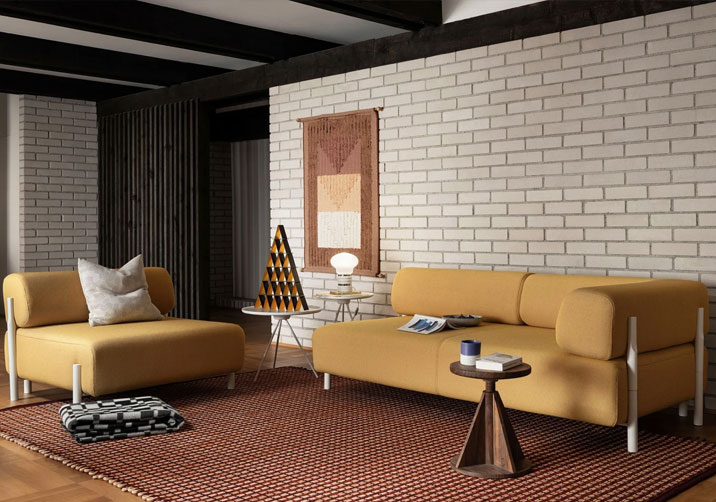
Let’s Start with the Vibe
The style of your sofa comes first. Examine what kind of style your
home currently has and then choose a sofa that’ll fit in with that
theme. I know, this step seems super obvious, but many people
just buy what they like, and sadly what they like doesn’t suit the
style of the room a lot of the time. Or it might not work with the rug
in the room, or the art that’ll go above the sofa. All of these
elements need to make sense together, so you got to start with
getting the look right.
Have a good think about how you want the room to feel when
you’re in it. Do you want this space to feel calm and muted (a
neutral sofa), fun and exciting (something more colorful), or do you
have a really specific theme going on, like mid-Century (in which
case Googling ‘mid-Century sofa’ will really come in handy). If you
skip this step you might end up with a sofa that’s super comfy but
looks completely out of place.
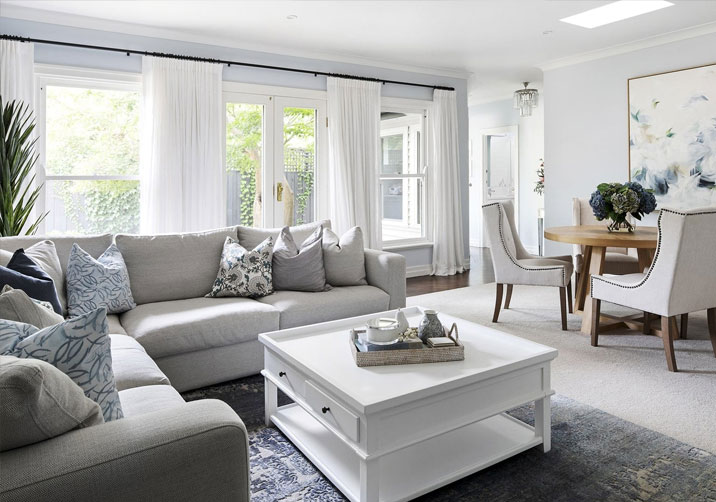
Now Move onto Functionality
What you’re using the sofa for is really important. And yes, I know
“to sit on” is the answer, but we need to dig deeper here. For
example, is this a formal sitting room where you’ll sit down for
drinks when people come over? Or is this the room where you’ll
watch TV every day? It is a rumpus room upstairs for the kids
where they’ll have friends over and eat/drink on it? Maybe it’s a
sofa bed in a guest room.
Each one of the above situations dictates a different style of sofa.
Formal can be less comfortable, more structured, more upright.
TV-watching sofas need to be cushier; something you can sink into
and lay around on. And sofas for kid’s zones need to take more
wear and tear as we all know that most teens do not care about
sofa maintenance.They really should teach this in high school.
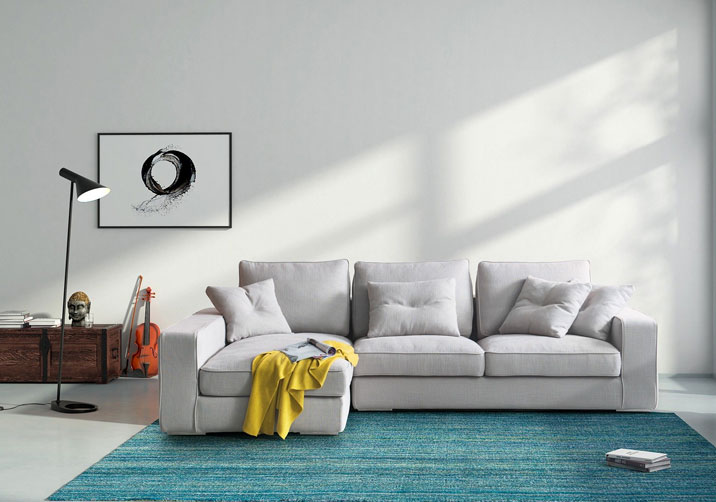
The moral of the story:
don’t skip this necessary ‘how will it be
used?’ step.
By now you should have a sofa vibe and use in mind. For
example, a bold-colored sofa with a formal feels for a sitting room.
Or, a neutral sofa with a cushy relaxed feel for a TV room. Now
let’s move onto the next part.
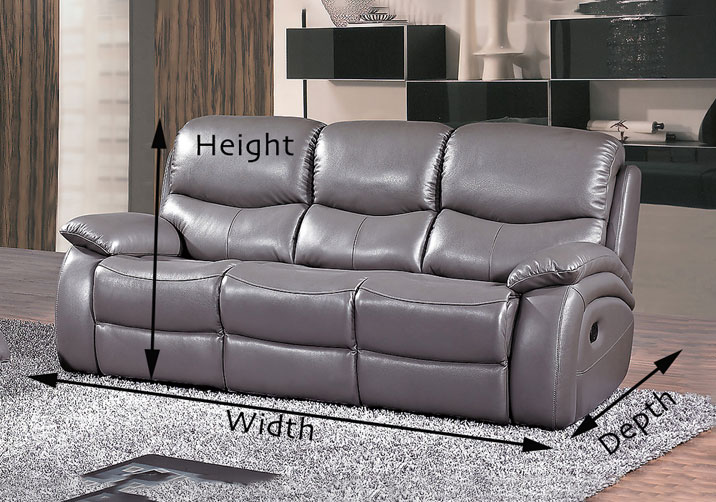
The Ideal Sofa Width & Depth
You have to measure out the sofa you’re considering buying in
your current living room. If you don’t do this I guarantee you it
probably won’t fit. It’ll either dominate the space or leave no room
for a coffee table, or it will be too small and you’ll be left with a
dwarfed-looking sofa. The sofa needs to fill the room nicely without
feeling too large or too small. To get this right, grab your tape
measure and measure out your sofa width first. Consider if you
want side tables bedside your sofa, in which case you’ll need to
add around 50cm width either side of your sofa measurement
(most decent side tables hover around 50cm in width).
Sofa depth is also vital to measure out. Some sofas can be up to
one meter in depth (from the front of the sofa cushion to the back
of the sofa). Given you’ll need to allow 50cm from the front of your
sofa to the edge of your coffee table, and then 50cm minimum on
the other side of your coffee table, you’d also be wise to measure
your current coffee table and ensure it will work with the sofa you
want to buy.
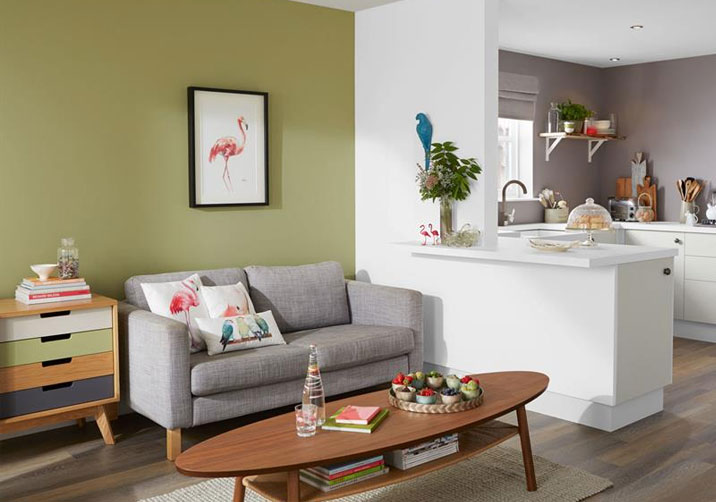
The Height is Also Important
This element is particularly important if your sofa is cutting across
an open plan living room. If it’s a sectional sofa, for example, one
of the edges is likely to cut across the room, so you want to ensure
that the back is low, so your eye can still glide across it.
If the sofa is backing onto a wall, the height isn’t of major concern,
although it is still worth thinking about what size art you want to
hang above it. Low-back sofas might not work for you if you’re the
kind of person who wants neck support when watching TV. I find
as I’m getting older, I want to hold my neck up less and less. Sad
fact, but it’s true. A high-back sofa is a wise idea if you’re in the
same boat.
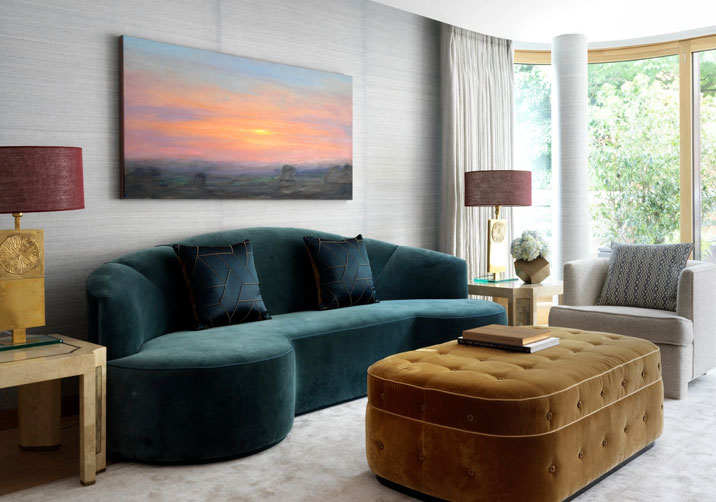
How Low are the Sofa Cushions?
This is definitely a dimension people don’t think about, especially if
they’re looking to order a sofa online. You’ll know right away if the
sofa is too low for you if you’re road-testing it in-store, but an
online purchase is a different story.
A sofa with a seat height of 40cm or less is quite a low sofa. It will
be far harder to get out of it than a sofa with a 60cm seat height.
As we age, or even if we have mobility issues, this factor becomes
so important. You should be able to comfortably stand up from the
seat you’re sitting in, not feel like you need help to get out of the
chair.
It’s also good to think about the seat height in relation to the height
of your coffee table, because the coffee table should never sit
higher than the seat cushions on your sofa. Always the same
height or lower. I hope you’re making notes!
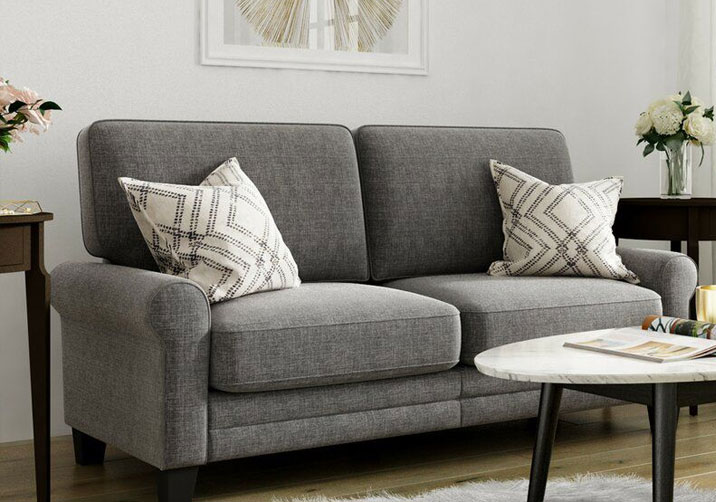
Cushion Depth has a Huge Impact
This is especially important for shorter people, because some
sofas are so deep that your feet won’t touch the floor. Trust me,
this will not be comfortable and you’ll find yourself needing to add
additional cushions behind your back all the time.
On the flip side, tall people with long legs will not find a cushion
depth of 60cm comfortable to chill out and watch TV in. This goes
back to my point about what the sofa will be used for. A tall person
on a sofa with a 60cm cushion depth is going to be sitting fairly
upright. This is fine in a formal sitting room, but not in a TV-
watching chill-out space.
Also remember: sofa depth and cushion depth are two totally
different things. Sofa depth is measured from the front of the base
cushion right to the back of the sofa. But the cushion depth is from
the front of the cushion to the front of the back cushion. The back
cushions on your sofa might be 20cm thick, so don’t go by sofa
depth when you’re considering how you’ll feel when you sit on the
sofa.

